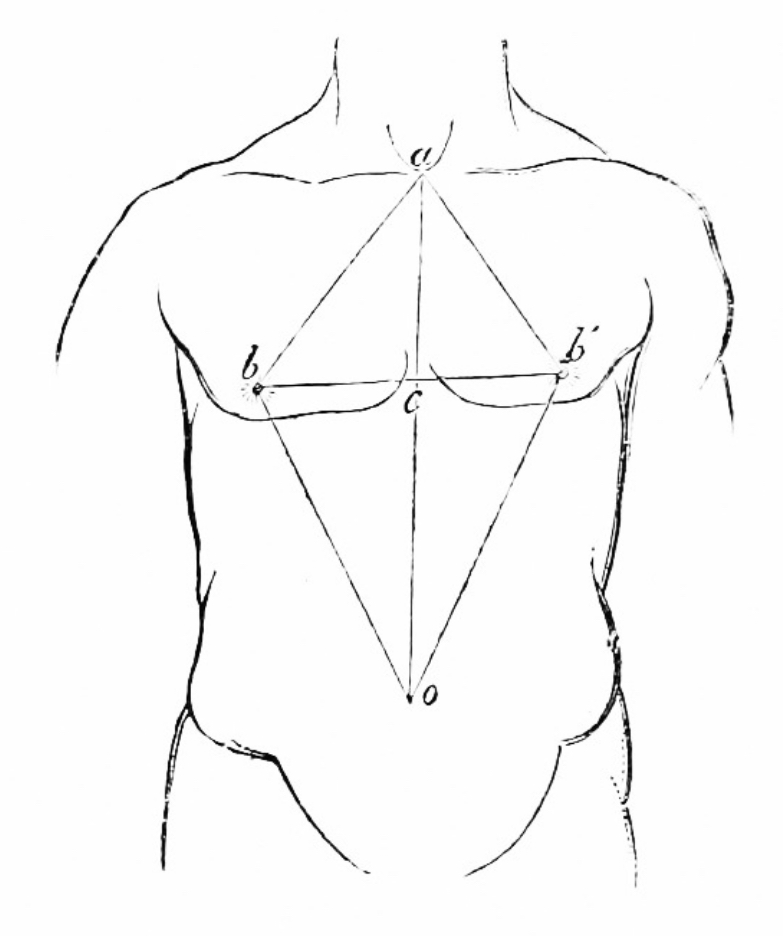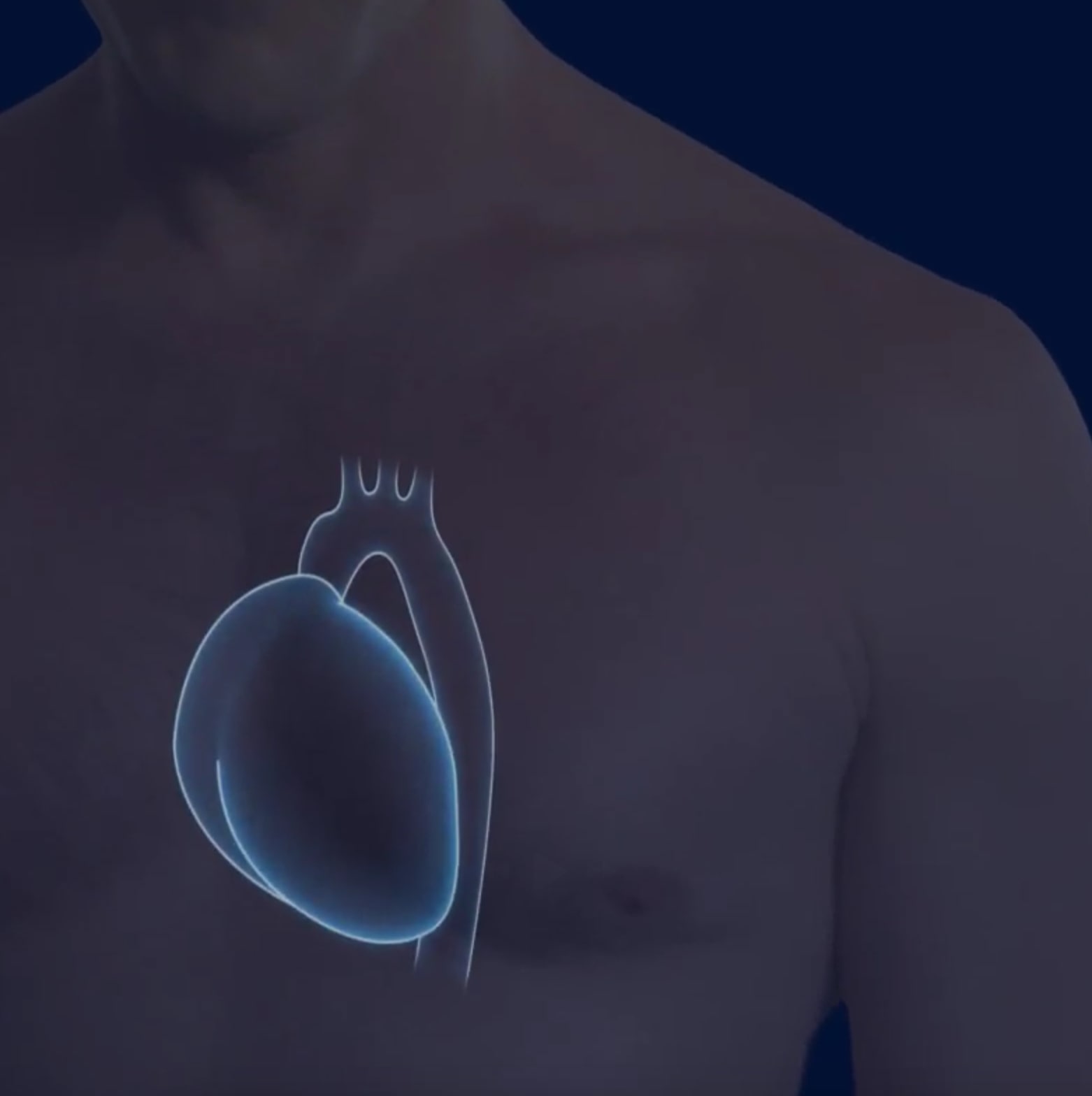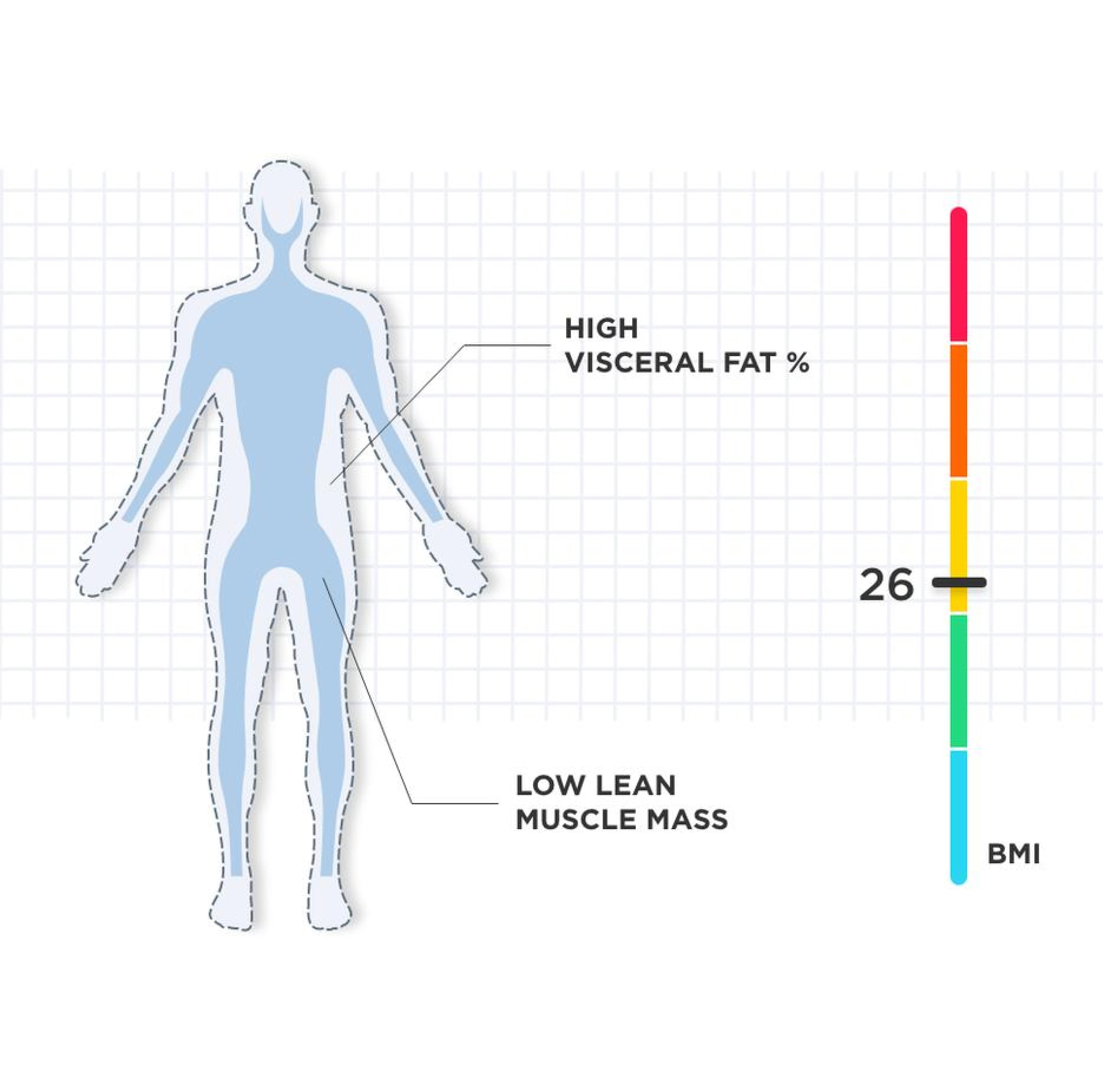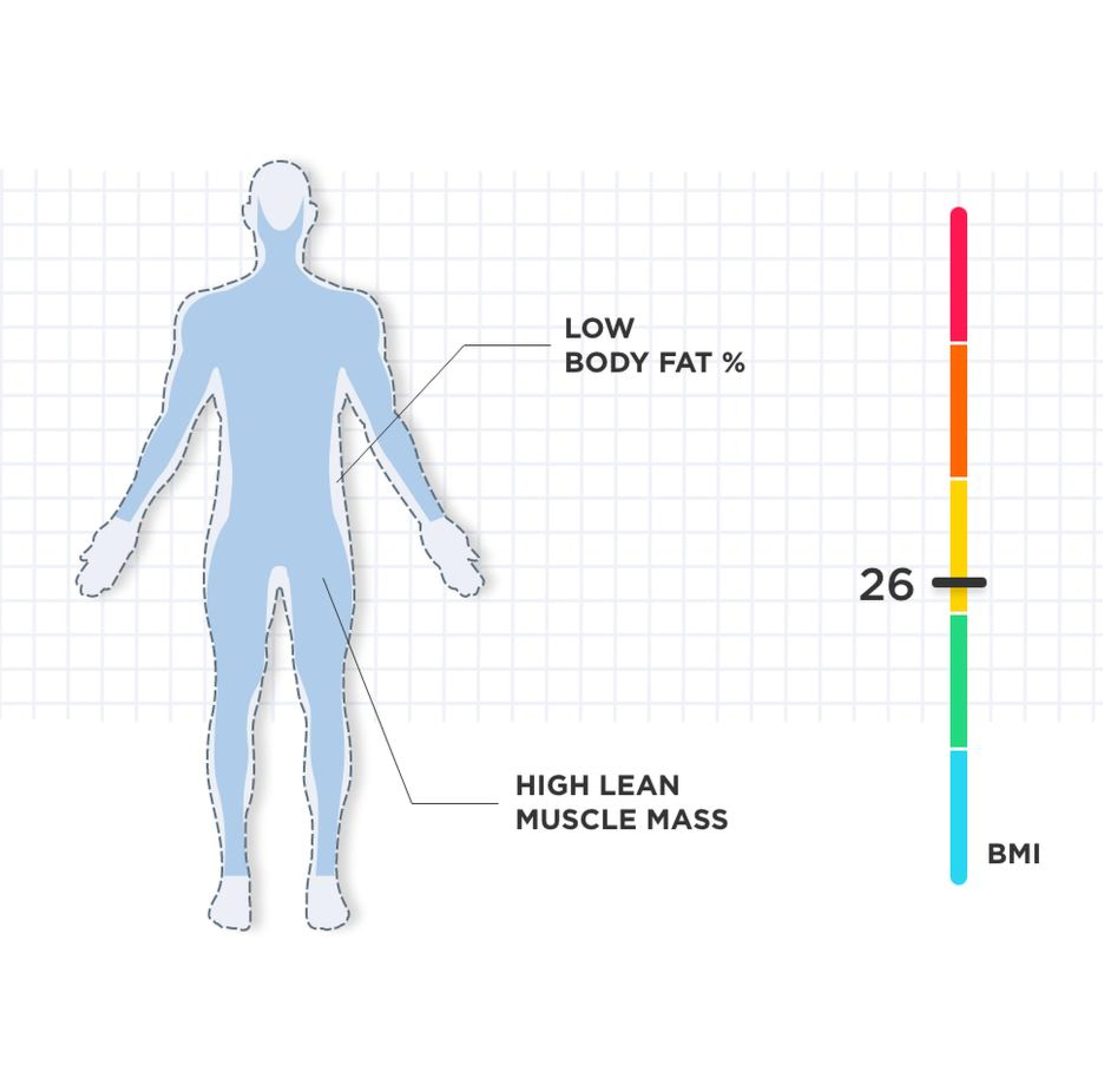
AFib: Atrial fibrillation symptoms and diagnosis
What is AFib? Learn about atrial fibrillation, its signs, symptoms, and risks like stroke or heart failure, plus how to detect and manage...
Body Mass Index, or BMI, is a health indicator used to determine whether you’re underweight, a healthy weight, overweight, or obese when your weight is compared to your actual height. This indicator has been used for generations and has largely remained unchanged.

According to the World Health Organization, "as BMI increases, so does the risk for some diseases."
Here’s what you should know about this key health indicator, its calculation, limitations, and the potential risks associated with a BMI that is too high or too low.
The idea of BMI was established in the first half of the 19th century by Adolphe Quetelet (1796-1874), a Belgian astronomer, statistician and sociologist who wanted to measure the human body to determine the “average man,” based on statistical evidence. With no particular interest in the study of obesity, Quetelet established an equation mixing your height and weight, the Quetelet’s Index. Although this formula was proposed in 1832, it wasn’t actually dubbed “BMI” until 1972.
Popularized over the 20th century, the BMI formula is still a standard way to determine obesity:
BMI = weight(kg) / height (m²)
When using pounds and inches to calculate your BMI, the formula must be adjusted. You will have to multiply your weight in pounds by 703.
BMI = weight (lb) x 703 / height (inches²)
BMI is acknowledged as a way to discuss weight problems more objectively. No matter how tall, thick, or big-boned you are, your BMI goal will remain the same.

Sketch from the work of Adolphe Quetelet: "Anthropometry, or the Measurement of the Different Faculties of Man," 1870

For an adult 20 years old or older, the BMI ranges are the following:
• Underweight: BMI is less than 18.5
• Healthy weight: BMI is between 18.5 and 24.9
• Overweight: BMI is between 25 and 29.9
• Obesity: BMI is 30 or more
Locate where your height and weight intersect to read your index on the BMI chart.
Although many studies confirm the relationship between a high BMI score and potential risks to your health, it is important to keep in mind that BMI measures excess weight and not excess body fat. You may be neither overweight or obese, but still have dangerous levels of excess fat. To assess your overall health, you should regularly measure your body fat percentage.
“Adults and children who have not been classified as obese or overweight can still be overfat.”
Source: Frontiers in Public Health medical journal
Unfortunately, BMI does not tell the whole story. If you attempt to determine your ideal weight based on a BMI calculation, it’s important to take the following factors into consideration:
Age
"Older adults tend to have more body fat than younger adults for an equivalent BMI", according to the CDC.
Muscle-fat ratio
Muscle is heavier than fat. Therefore, you may have an unhealthy amount of body fat, but think that you are not overweight, based on your BMI results.
Gender
BMI values in women are usually lower than men; however, differences in metabolism mean that women may carry slightly more fat.
Body shape
The European Heart Journal states that body shape and the location of fat deposits may better indicate potential cardiovascular problems in women than BMI. Indeed, your body’s fat distribution is a crucial factor for assessing overweight and obesity.

AFib: Atrial fibrillation symptoms and diagnosis
What is AFib? Learn about atrial fibrillation, its signs, symptoms, and risks like stroke or heart failure, plus how to detect and manage...

Healthy body composition: What it is and how to improve it
What is body composition? Learn how to measure it, what defines a healthy body composition, and tips to improve your fat, muscle, and water...

Pulse Wave Velocity: Measurement, Devices, and How to Reduce It
Pulse Wave Velocity is a key metric for assessing cardiovascular health. Learn how it’s measured, devices that track it, and ways to...
If you are not physically active, having a body mass index that is too high can increase the risk of many health complications.
Among them, obese people have a significantly higher risk of developing:
Excess weight increases the heart’s work, which can lead to heart failure. The European Society of Cardiology states that "as body mass index and fat mass increase, so does the risk of aortic valve stenosis,” which is a particular form of valvular heart disease.
Although it is not completely clear why obese people are more likely to develop this condition, studies show that obese people are 80 times more likely to develop type 2 diabetes compared with those with a BMI of less than 22. Insulin resistance might in fact be triggered by “pro-inflammatory” chemicals released by an excess of fat cells.
The American Sleep Apnea Association states that “being overweight is still a high risk factor for the development of obstructive sleep apnea", a chronic condition in which repeated breathing interruptions during sleep might lead to a lack of oxygen supply in the brain and body.
The Framingham Heart Study showed that 78% of hypertension cases in men and 65% in women are directly related to obesity. This is another condition in which the pressure that applies to the inner walls of the arteries is persistently high. Learn more about high blood pressure.
In addition to these prevalent chronic conditions, an elevated BMI is also associated with certain types of cancer and chronic kidney disease.
If your BMI is less than 18.5, this suggests that you may be underweight.
You may experience health consequences such as nutrient deficiencies, a weakened immune system, and even hormonal issues. A low BMI also increases the risk of osteoporosis, a condition in which the bones may become weak and break easily.
Recent studies using data from the CDC’s Behavioral Risk Factor Surveillance System showed evidence that being underweight is also a risk factor for cardiovascular diseases, with a significantly higher risk of stroke.
Keep in mind that a healthy weight requires a healthy body composition. Designed as a statistical tool for studying populations rather than individuals, BMI should not be the only metric you should rely on to determine your fitness weight.
The American Society of Bariatric Physicians, which publishes studies about weight loss, defines obesity as a body-fat level of 25% and above for men and 30% and above for women. Thus, many people fall into the “obese” category, even though their BMI results do not classify them as obese.
When looking at body fat distribution, it is also important to define a particular type of fat, called visceral fat. Often called the “belly fat” because it is stored in the abdomen, an excess of visceral fat can be particularly dangerous, because it wraps around major organs like the kidneys, the liver, or the pancreas, and may create inflammation. Visceral fat is associated with the development of insulin resistance, the risk of coronary heart disease, and hypertension.
Using smart scales to measure your body fat percentage on a regular basis can provide more information about your body composition—crucial if you want to reach a healthy fitness zone.

A person considered slightly overweight, but with a high body fat percentage, is at higher risk for heart disease, high blood pressure, and diabetes.

Because muscle is more dense than fat, those who fall into the second category are still considered overweight, according to BMI standards. It is obvious, however, that the profile has a healthier body composition.
BMI is only a snapshot of your health. Even if Quetelet’s system is still in use, it may be useful to combine BMI with other pieces of information, such as your waist circumference (WC) or body fat percentage, for a better overview of your health. Having fat around the abdomen may not necessarily cause you to be classified as obese, although you will certainly have a higher risk of cardiovascular diseases or other chronic conditions. On the other hand, having fat stored around the hips may not put you at risk for these conditions.
on your first order by registering
By registering, you agree to receive advertising e-mails from Withings. However, if you change your mind, you can unsubscribe at any time. *The discount is valid for any purchase (except BPM Vision) of at least €100 for 30 days after reception of the code. Only valid on withings.com, and while supplies last. This offer is only valid for first-time purchases. These offers cannot be combined.